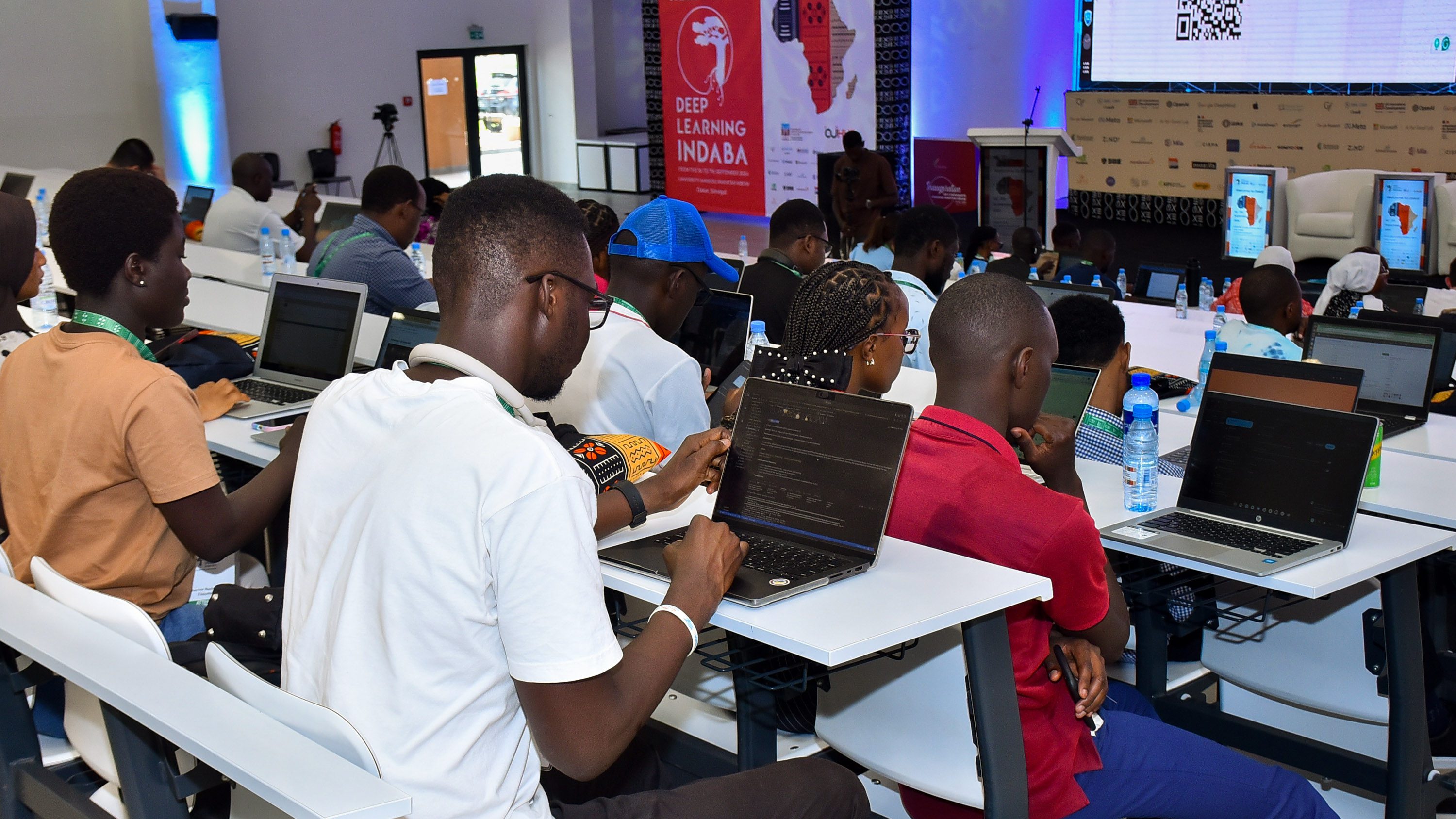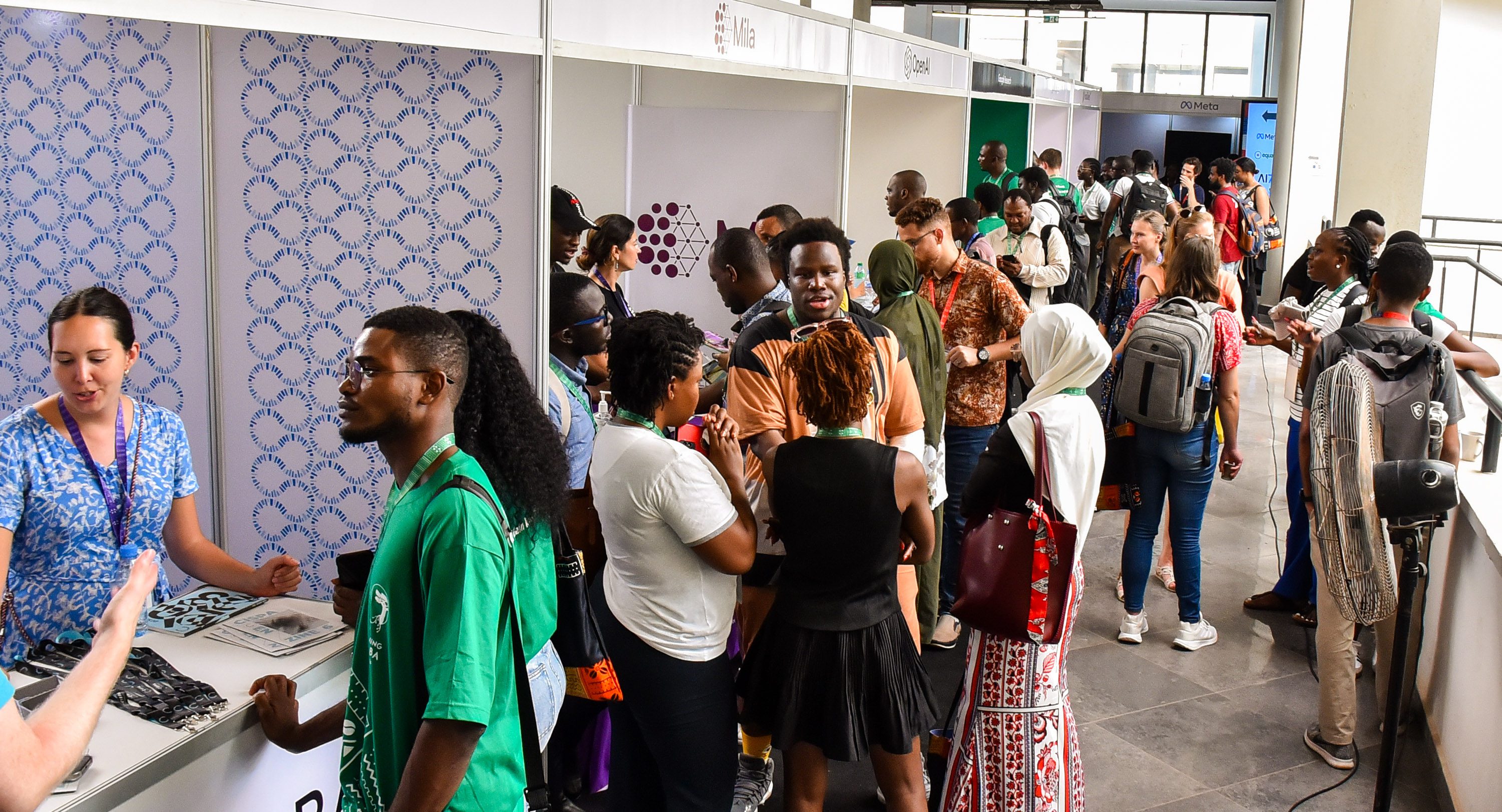Why the term “women of childbearing age” is problematic
This article first appeared in The Checkup, MIT Technology Review’s weekly biotech newsletter. To receive it in your inbox every Thursday, and read articles like this first, sign up here.
Every journalist has favorite topics. Regular Checkup readers might already know some of mine, which include the quest to delay or reverse human aging, and new technologies for reproductive health and fertility. So when I saw trailers for The Substance, a film centered on one middle-aged woman’s attempt to reexperience youth, I had to watch it.
I won’t spoil the movie for anyone who hasn’t seen it yet (although I should warn that it is not for the squeamish, or anyone with an aversion to gratuitous close-ups of bums and nipples). But a key premise of the film involves harmful attitudes toward female aging.
“Hey, did you know that a woman’s fertility starts to decrease by the age of 25?” a powerful male character asks early in the film. “At 50, it just stops,” he later adds. He never explains what stops, exactly, but to the viewer the message is pretty clear: If you’re a woman, your worth is tied to your fertility. Once your fertile window is over, so are you.
The insidious idea that women’s bodies are, above all else, vessels for growing children has plenty of negative consequences for us all. But it has also set back scientific research and health policy.
Earlier this week, I chatted about this with Alana Cattapan, a political scientist at the University of Waterloo in Ontario, Canada. Cattapan has been exploring the concept of “women of reproductive age”—a descriptor that is ubiquitous in health research and policy.
The idea for the research project came to her when the Zika virus was making headlines around eight years ago. “I was planning on going to the Caribbean for a trip related to my partner’s research, and I kept getting advice that women of reproductive age shouldn’t go,” she told me. At the time, Zika was being linked to microcephaly—unusually small heads—in newborn babies. It was thought that the virus was affecting key stages of fetal development.
Cattapan wasn’t pregnant. And she wasn’t planning on becoming pregnant at the time. So why was she being advised to stay away from areas with the virus?
The experience got her thinking about the ways in which attitudes toward our bodies are governed by the idea of potential pregnancy. Take, for example, biomedical research on the causes and treatment of disease. Women’s health has lagged behind men’s as a focus of such work, for multiple reasons. Male bodies have long been considered the “default” human form, for example. And clinical trials have historically been designed in ways that make them less accessible for women.
Fears about the potential effects of drugs on fetuses have also played a significant role in keeping people who have the potential to become pregnant out of studies. “Scientific research has excluded women of ‘reproductive age,’ or women who might potentially conceive, in a blanket way,” says Cattapan. “The research that we have on many, many drugs does not include women and certainly doesn’t include women in pregnancy.”
This lack of research goes some way to explaining why women are much more likely to experience side effects from drugs—some of them fatal. Over the last couple of decades, greater effort has been made to include people with ovaries and uteruses in clinical research. But we still have a long way to go.
Women are also often subjected to medical advice designed to protect a potential fetus, whether they are pregnant or not. Official guidelines on how much mercury-containing fish it is safe to eat can be different for “women of childbearing age,” according to the US Environmental Protection Agency, for example. And in 2021, the World Health Organization used the same language to describe people who should be a focus of policies to reduce alcohol consumption.
The takeaway message is that it’s women who should be thinking about fetal health, says Cattapan. Not the industries producing these chemicals or the agencies that regulate them. Not even the men who contribute to a pregnancy. Just women who stand a chance of getting pregnant, whether they intend to or not. “It puts the onus of the health of future generations squarely on the shoulders of women,” she says.
Another problem is the language itself. The term “women of reproductive age” typically includes women between 15 and 44. Women at one end of that spectrum will have very different bodies and a very different set of health risks from those at the other. And the term doesn’t account for people who might be able to get pregnant but don’t necessarily identify as female.
In other cases it is overly broad. In the context of the Zika virus, for example, it was not all women between the ages of 15 and 44 who should have considered taking precautions. The travel advice didn’t apply to people who’d had hysterectomies or did not have sex with men, for example, says Cattapan. “Precision here matters,” she says.
More nuanced health advice would be helpful in cases like these. Guidelines often read as though they’re written for people assumed to be stupid, she adds. “I don’t think that needs to be the case.”
Another thing
On Thursday, president-elect Donald Trump said that he will nominate Robert F. Kennedy Jr. to lead the US Department of Health and Human Services. The news was not entirely a surprise, given that Trump had told an audience at a campaign rally that he would let Kennedy “go wild” on health, “the foods,” and “the medicines.”
The role would give Kennedy some control over multiple agencies, including the Food and Drug Administration, which regulates medicines in the US, and the Centers for Disease Control and Prevention, which coordinates public health advice and programs.
That’s extremely concerning to scientists, doctors, and health researchers, given Kennedy’s positions on evidence-based medicine, including his antivaccine stance. A few weeks ago, in a post on X, he referred to the FDA’s “aggressive suppression of psychedelics, peptides, stem cells, raw milk, hyperbaric therapies, chelating compounds, ivermectin, hydroxychloroquine, vitamins, clean foods, sunshine, exercise, nutraceuticals and anything else that advances human health and can’t be patented by Pharma.”
“If you work for the FDA and are part of this corrupt system, I have two messages for you,” continued the post. “1. Preserve your records, and 2. Pack your bags.”
There’s a lot to unpack here. But briefly, we don’t yet have good evidence that mind-altering psychedelic drugs are the mental-health cure-alls some claim they are. There’s not enough evidence to support the many unapproved stem-cell treatments sold by clinics throughout the US and beyond, either. These “treatments” can be dangerous.
Health agencies are currently warning against the consumption of raw unpasteurized milk, because it might carry the bird flu virus that has been circulating in US dairy farms. And it’s far too simplistic to lump all vitamins together—some might be of benefit to some people, but not everyone needs supplements, and high doses can be harmful.
Kennedy’s 2021 book The Real Anthony Fauci has already helped spread misinformation about AIDS. Here at MIT Technology Review, we’ll continue our work reporting on whatever comes next. Watch this space.
Now read the rest of The Checkup
Read more from MIT Technology Review’s archive
The tech industry has a gender problem, as the Gamergate and various #MeToo scandals made clear. A new generation of activists is hoping to remedy it.
Male and female immune systems work differently. Which is another reason why it’s vital to study both women and female animals as well as males.
Both of the above articles were published in the Gender issue of MIT Technology Review magazine. You can read more from that issue online here.
Women are more likely to receive abuse online. My colleague Charlotte Jee spoke to the technologists working on an alternative way to interact online: a feminist internet.
From around the web
The scientific community and biopharma investors are reacting to the news of Robert F. Kennedy Jr.’s nomination to lead the Department of Health and Human Services. “It’s hard to see HHS functioning,” said one biotech analyst. (STAT)
Virologist Beata Halassy successfully treated her own breast cancer with viruses she grew in the lab. She has no regrets. (Nature)
Could diet influence the growth of endometriosis lesions? Potentially, according to research in mice fed high-fat, low-fiber “Western” diets. (BMC Medicine)
Last week, 43 female rhesus macaque monkeys escaped from a lab in South Carolina. The animals may have a legal claim to freedom. (Vox)










